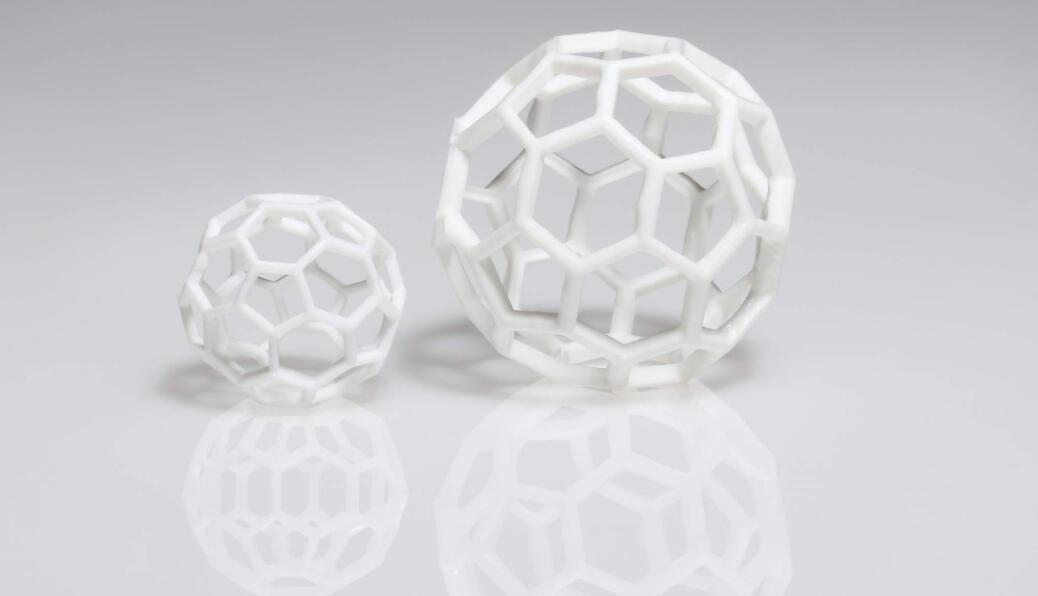New 3D printing technologies are being developed at such a rapid pace that it’s easy to imagine a near future in which there isn’t anything that can’t be 3D printed.

The range of available materials is one of the key hurdles to adoption for industrial 3D printing. 3D printing is being rapidly adopted by product manufacturers all around the world, but it still can’t compete with many other manufacturing techniques with respect to material diversity. A large number of the most commonly used industrial plastics still aren’t widely available for 3D printers, making 3D printing unsuitable for many applications.
PTFE (polytetrafluoroethylene) is an extremely useful material, used in many everyday products. It is very hydrophobic, meaning that neither water nor water-containing substances make it wet, so it is used in outdoor clothing. It also has one of the lowest friction coefficients of any solid. It is the only surface a gecko cannot stick to. This property makes it perfect for non-stick coatings for bakeware. Bacteria and other microbes also have a very hard time adhering to the material, making it a very good option for various hospital applications, such as catheters.
Other fluoropolymers are also heavily used in the oil and gas, chemical, automotive and aerospace industries, and it is possible that the same 3D printing technology could be applied to them. This breakthrough makes it possible to 3D print a whole new class of materials, which will influence many industries.
Normally, parts made from PTFE and other fluoropolymers are manufactured using expensive traditional processing techniques, which typically create a lot of waste. It is also difficult to create very complex structures. 3D printing has the potential to offer more sustainable manufacturing and a wider variety of designs. The breakthrough is already paving the way for previously impossible applications.
Fluorinated polymers, aka fluoropolymers, may not be as glamorous as diamonds, but they’re an integral material in numerous manufacturing processes. The fluorocarbon-based plastics are distinguished by their high-performance durability and resistance to harsh chemicals and high temperatures. Used in everything from aerospace and defense applications to non-stick cooking surfaces, fluoropolymers are everywhere – except for in 3D printers.
That may soon change, though, as product development company 3M has filed a patent for a new type of 3D printing technology that would allow for the additive manufacturing of fully fluorinated polymers. The technology will mean that complex structures can be manufactured quickly and cheaply, whereas the same parts would often be prohibitively expensive to produce with other manufacturing techniques.
While there are numerous varieties of fluorinated polymers, perhaps the one that will benefit the most from 3D printing is polytetrafluoroethylene or PTFE, more commonly known as polymer. PTFE, which is frequently used in applications such as sealing and lining, generates a lot of waste in production. 3D printing it – which 3M will be the first to do – will significantly cut back on that waste. In addition, companies who take advantage of the process will be able to manufacture complicated, multi-component polymer structures in one piece rather than having to mold and assemble multiple parts
Post time: Mar-07-2019

